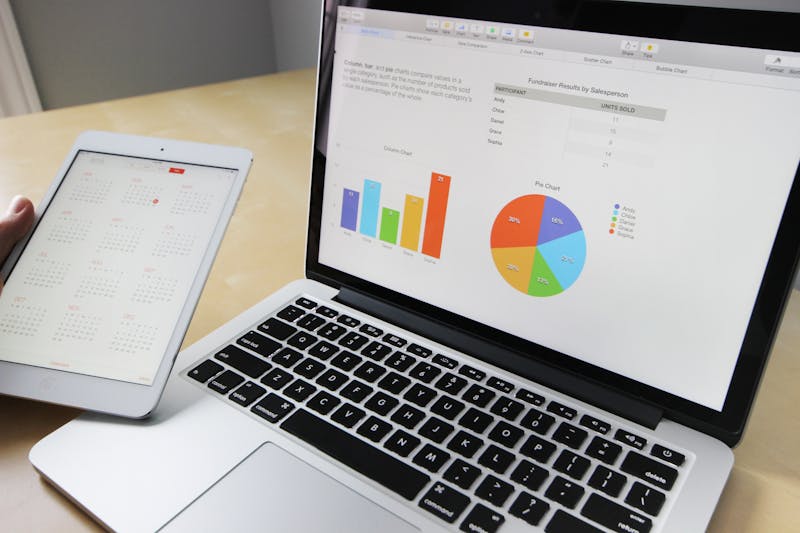Performance is crucial for mobile app success. Users expect apps to load quickly, respond instantly, and run smoothly. Here are proven techniques I use to optimize mobile app performance.
Table of Contents
- Image Optimization
- Memory Management
- Network Optimization
- UI Performance
- Battery Optimization
- Monitoring and Analytics
Image Optimization
Proper Image Formats
- Use WebP for better compression
- Implement lazy loading for image lists
- Cache images efficiently
// Flutter image optimization
CachedNetworkImage(
imageUrl: imageUrl,
placeholder: (context, url) => CircularProgressIndicator(),
errorWidget: (context, url, error) => Icon(Icons.error),
memCacheWidth: 300, // Resize for memory efficiency
)Image Caching Strategy
Implement proper caching to reduce network requests and improve loading times.
Memory Management
Monitor memory usage and implement proper cleanup:
// React Native memory management
useEffect(() => {
const subscription = someDataStream.subscribe(handleData);
return () => {
subscription.unsubscribe(); // Cleanup
};
}, []);Network Optimization
- Implement request caching
- Use compression
- Batch API calls when possible
- Implement offline functionality

UI Performance
Flutter Performance Tips
// Use const constructors
const Text('Hello World')
// Avoid rebuilding widgets unnecessarily
class MyWidget extends StatelessWidget {
const MyWidget({Key? key}) : super(key: key);
@override
Widget build(BuildContext context) {
return const Text('Optimized Widget');
}
}React Native Performance Tips
// Use FlatList for large lists
<FlatList
data={data}
keyExtractor={(item) => item.id}
getItemLayout={(data, index) => ({
length: ITEM_HEIGHT,
offset: ITEM_HEIGHT * index,
index,
})}
removeClippedSubviews={true}
/>Battery Optimization
- Minimize background processing
- Use efficient algorithms
- Optimize location services usage
- Implement smart refresh strategies
Monitoring and Analytics
Performance Monitoring Tools
- Firebase Performance Monitoring
- Flipper for React Native
- Flutter DevTools
- Sentry for crash reporting
// Firebase Performance monitoring
final HttpsCallable callable = FirebaseFunctions.instance
.httpsCallable('performanceTest');
final trace = FirebasePerformance.instance.newTrace('api_call');
await trace.start();
try {
final result = await callable.call();
trace.putAttribute('success', 'true');
} catch (e) {
trace.putAttribute('success', 'false');
} finally {
await trace.stop();
}Best Practices Summary
- Profile regularly: Use profiling tools to identify bottlenecks
- Optimize images: Compress and cache images properly
- Manage memory: Clean up resources and avoid memory leaks
- Network efficiency: Implement caching and compression
- UI optimization: Use efficient widgets and components
- Monitor performance: Track metrics and user experience
Conclusion
Performance optimization is an ongoing process. Regular monitoring and testing are essential for maintaining optimal app performance. Start with the biggest impact optimizations and gradually refine your app’s performance.
Remember: Premature optimization is the root of all evil, but ignoring performance until it becomes a problem is equally dangerous. Find the right balance for your project.

